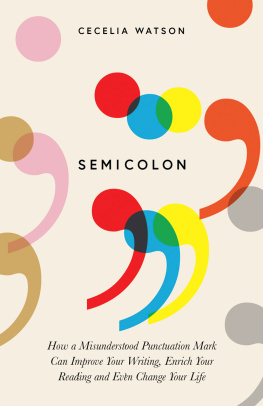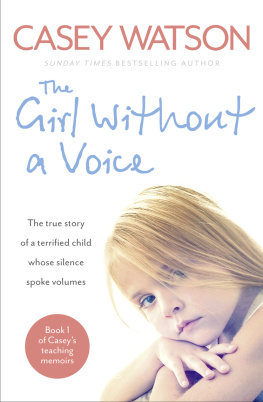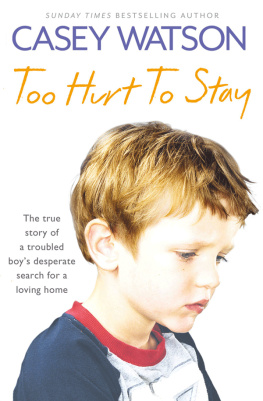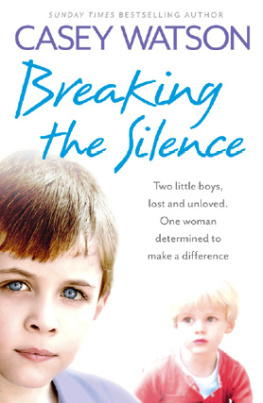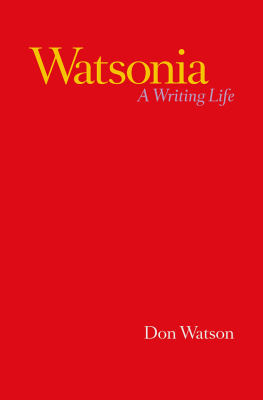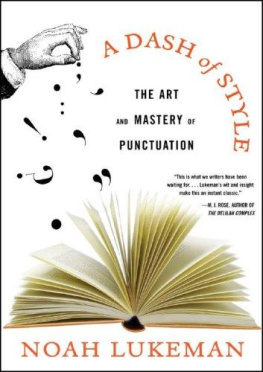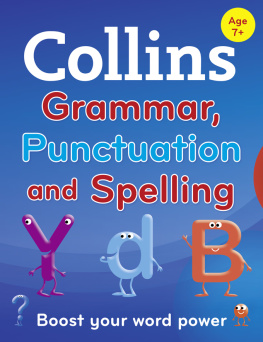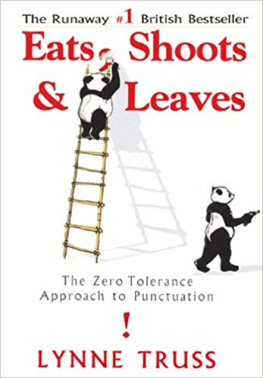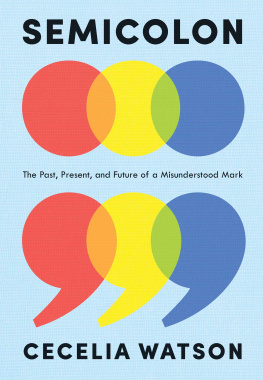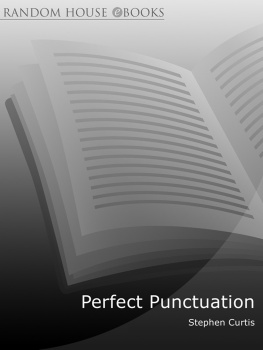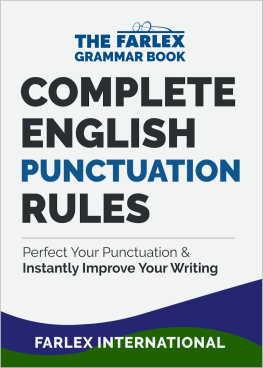
4th Estate
An imprint of HarperCollinsPublishers
1 London Bridge Street
London SE1 9GF
www.4thEstate.co.uk
This eBook first published in Great Britain by 4th Estate in 2019
Copyright Cecelia Watson 2019
Parts of this book were previously published in Critical Inquiry
Illustrations by Anthony Russo
Cover design by Luke Bird
Cecelia Watson asserts the moral right to be identified as the author of this work in accordance with the Copyright, Design and Patents Act 1988
A catalogue record for this book is available from the British Library
All rights reserved under International and Pan-American Copyright Conventions. By payment of the required fees, you have been granted the non-exclusive, non-transferable right to access and read the text of this e-book on-screen. No part of this text may be reproduced, transmitted, down-loaded, decompiled, reverse engineered, or stored in or introduced into any information storage and retrieval system, in any form or by any means, whether electronic or mechanical, now known or hereinafter invented, without the express written permission of HarperCollins.
Source ISBN: 9780008291532
Ebook Edition June 2019 ISBN: 9780008291587
Version: 2019-06-25
For my parents,
who made sure I always had enough to read
Punctuation is a gentle and unobtrusive art that has long been one of the misfortunes of man. For about three hundred years it has been harassing him, and bewildering him with its quiet contrariness, and no amount of usage seems to make him grow in familiarity with the art.
Power of Points: Punctuation That Upset Work of Solons, Boston Daily Globe, 20 January 1901

Introduction
The semicolon has become so hateful to me, confessed Paul Robinson in a New Republic essay, that I feel almost morally compromised when I use it. When Robinson, a humanities professor at Stanford, sees a dot balanced over a comma, hes filled with exasperation. Robinson is perhaps the semicolons most devoted foe, but hes hardly its only modern detractor. Novelists from George Orwell to Donald Barthelme have held forth on its ugliness, or irrelevance, or both. Kurt Vonnegut advised omitting them entirely, accusing them of representing absolutely nothing. All they do, he admonished writers, is show youve been to college. And almost 800,000 people have shared a web comic that labels the semicolon the most feared punctuation mark on earth. Yet when the Italian humanists invented the semicolon in the fifteenth century, they conceived of it as an aid to clarity, not (as Professor Robinson now characterises it) a pretentious mark used chiefly to gloss over an imprecise thought. In the late 1800s, the semicolon was downright trendy, its frequency of use far outstripping that of one of its relatives, the colon. How did the semicolon, once regarded with admiration, come to seem so offensive, so unwieldy, to so many people?
Asking this question might seem academic in all the worst ways: what practical value could there be in mulling over punctuation, and in particular its history, when we have efficiently slim guidebooks like Strunk and Whites The Elements of Style and thick reference volumes like The Oxford Manual of Style to set straight our misplaced colons and commas? We have rules for this sort of thing! But rule-based punctuation guides are a relatively recent invention. Prior to the 1800s, the majority of grammarians and scholars advocated personal taste and judgment as a guide to punctuating, or pointing, a text. The Scottish Enlightenment philosopher George Campbell, writing the same year the United States Declaration of Independence was signed, argued that language is purely a species of fashion It is not the business of grammar, as some critics seem preposterously to imagine, to give law to the fashions which regulate our speech.
Yet what Campbell and most of his contemporaries thought was a preposterous idea soon became a commonplace principle: as the 1700s drew to a close, new grammar books began to espouse systems of rules that were purportedly derived from logic. In these new books, grammarians didnt hesitate to impugn the grammar of writers traditionally considered superb stylists: Milton and Shakespeare were chastised for gross mistakes, and subjected to grammarians emendations, so that these great authors works were made to fall in line with rules established centuries after their deaths.
But a strange thing happened as the new genre of grammar rule books developed: instead of making people less confused about grammar, rule books seemed to cause more problems. No one knew which system of rules was the most correct one, and the more specific the grammarians made their guidelines for using punctuation marks like the semicolon, the more confusing those punctuation marks became. The more defined the function of the semicolon became, the more anxiety people experienced about when to use a semicolon in writing and how to interpret one while reading. Grammarians fought viciously over the supremacy of their individual sets of rules, scorching one another in the nineteenth-century equivalent of flame wars. Courts of law, too, were in a lather over how to deal with punctuation marks: a semicolon in an 1875 legal statute caused all of Boston to fly into a panic when courts opined that it meant that alcohol couldnt be served past 11 p.m. (Bostonians, ever resourceful, devised some pretty clever ways to get drunk well into the wee hours until the statute was finally revised six years after it went into force.)
The story of the semicolon told in these pages follows a chronological path, charting its transformation from a mark designed to create clarity to a mark destined to create confusion. The events described here epitomise the major steps in the life of the semicolon: they show how it was transformed over time, and what was important about those transformations. That importance lies in the semicolons ability to symbolise and trigger ideas and emotions that transcend the punctuation mark itself. The semicolon is a place where our anxieties and our aspirations about language, class, and education are concentrated, so that in this small mark big ideas are distilled down to a few winking drops of ink.
The semicolons biography is also a story about grammar and language more generally and this history will challenge the myth most of us like to tell ourselves about grammar. Grammar (in our mythical narrative) is part of the good old days: people used to know grammar properly, we think, the same way they used to walk three miles to school uphill in the snow, and everyone was polite and better looking and thin and well dressed. There are reasons why these romantic visions of the past flourish in our collective consciousness: the stories of our grandparents; old black-and-white portraits that freeze the past in Sunday best; and most powerfully of all, a vague shared sense that the world is growing less innocent and less coherent, and that the past must therefore be better the further back uphill into it we are able to climb. Things were harder in some ways back then, we acknowledge; but werent they also better and purer, too?

